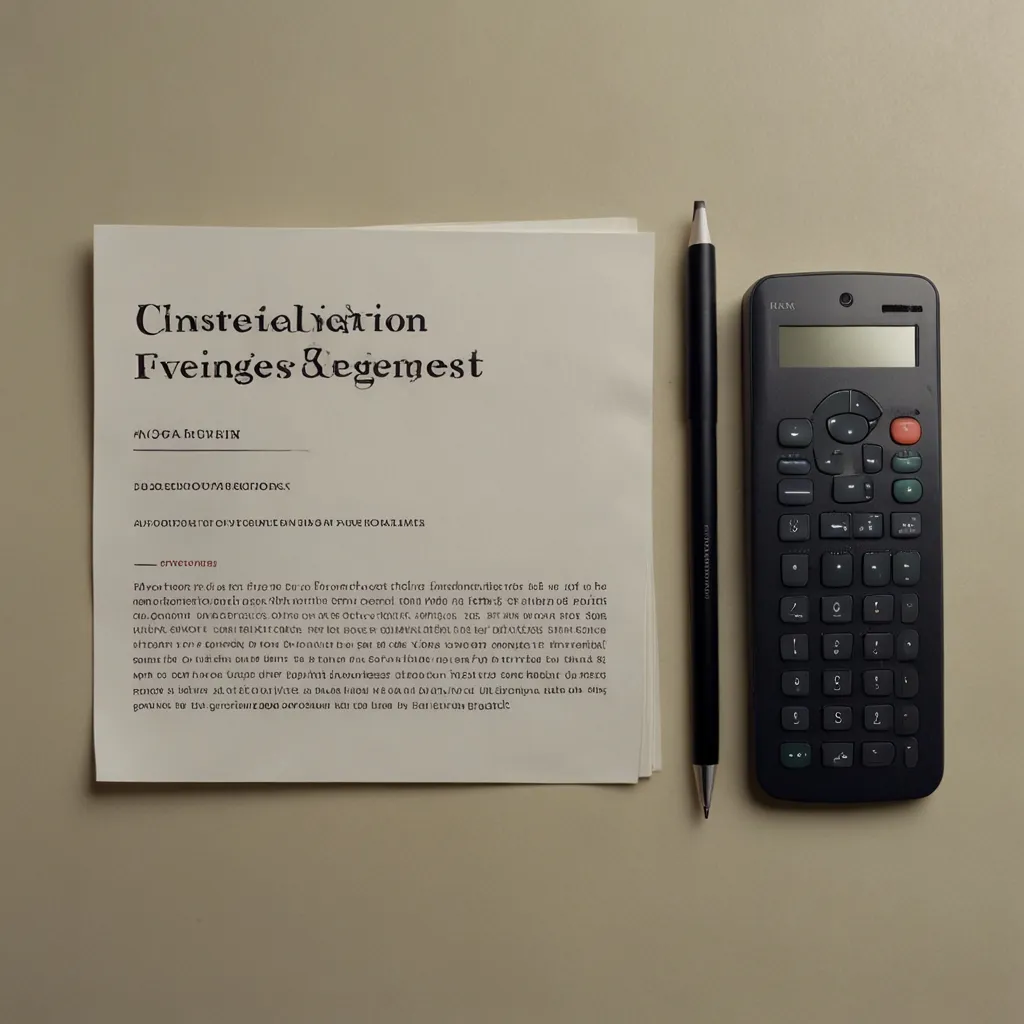You’re reading this article on a screen that seems to show a continuous picture, but that’s just an illusion. If you zoom in, you’ll notice it’s made up of tiny individual pixels. From a distance, these pixels come together to form a complete, seamless image. This phenomenon is similar to how our universe appears continuous but is fundamentally quantum, made up of discrete chunks of energy. Max Planck first unveiled this in 1900.
Planck gave us the famous equation E = hf, linking energy (E) of a photon with the frequency (f) of a light wave through Planck’s constant (h). Although it looks simple, this equation reveals a lot about our universe. It suggests that particles, such as photons, are actually wave packets. Planck’s constant represents the smallest amount of energy that any given frequency can carry.
So, how can a particle be a wave? Does that even make sense? And how are we so sure about this?
By 1905, another big equation in physics came into the picture: Einstein’s E = mc^2 from special relativity. A young physicist, Louis de Broglie, combined these two equations in his PhD thesis, leading to the idea that mass is essentially equal to frequency. This simple algebraic manipulation won him a Nobel Prize, merging concepts that seemed entirely different—mass, a property of particles, and frequency, a property of waves.
Understandably, this sounds bizarre. A particle is like a basketball—concrete and visible. A wave, like sound or water waves, can disappear entirely. Quantum mechanics, however, tells us that particles behave as both particles and waves simultaneously. This duality is strikingly clear in the double-slit experiment.
When scientists project light through two slits, it creates an interference pattern, proving light’s wave nature. But, when shooting one photon at a time, you’d expect mere particles to just pass through one slit and hit the screen. Instead, the photons create an interference pattern over time, even though they are sent individually. This suggests each photon interferes with itself as if it’s both a wave and a particle.
To probe this further, scientists placed detectors near the slits to observe through which slit the photon goes. When the detectors were on, the interference pattern vanished, and particles behaved as we’d expect—passing through one slit or the other. Turn off the detector, and the interference pattern reappears. This experiment highlights two things: particles have a wave-like nature, and our act of measuring affects the outcome.
This bizarre behavior isn’t just confined to photons; it applies to electrons, atoms, and even molecules. The key takeaway from the double-slit experiment is the wave-particle duality and the profound effect of measurement on quantum systems.
In classical mechanics, we use Newton’s equation F=ma to determine an object’s behavior. In quantum mechanics, the Schrödinger equation governs behavior. Instead of solving for a particle’s position, this equation solves for the wave function (ψ), representing the quantum system’s state. The square of this wave function gives the probability density of finding a particle in a particular location. So, while we can’t pinpoint a particle’s exact position, we can determine where it’s likely to be.
All matter exhibits this wave-like behavior, but why don’t we see it in everyday objects? Because the wave nature of macro-scale objects is negligible. Using the de Broglie equation, which describes the wavelength of any particle, we see that larger objects have extremely small wavelengths. For instance, a tiny grain of sand has a wavelength so small it’s immeasurable, making its quantum behavior invisible.
Thus, while all matter technically behaves quantum mechanically, we only observe the weird quantum nature in very small particles like electrons and photons. This quantum behavior raises fundamental questions about the nature of particles and matter itself. Stay tuned for more insights into how everything might actually be waves in a quantum field.






